Define angular momentum. What is its physical significance ?
Important Questions on Motion of System of Particles and Rigid Body
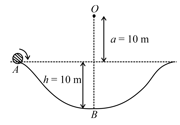
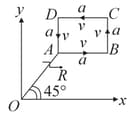
Which of the following statements is false for the angular momentum about the origin?
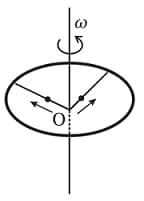
A cubical block of side is moving with velocity on a smooth horizontal surface. The surface has a bump at a point as shown in the figure. The angular velocity (in rad/s) of the block immediately after it hits the bump, is :

Two thin circular discs of mass and , having radii of and , respectively, are rigidly fixed by a massless, right rod of length through their center. This assembly is laid on a firm and flat surface, and set rolling without slipping on the surface so that the angular speed about the axis of the rod is . The angular momentum of the entire assembly about the point is (see the figure). Which of the following statement(s) is(are) true?
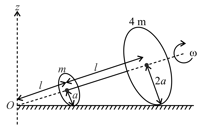
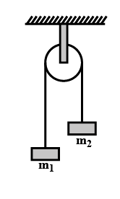
A particle of mass is on a smooth horizontal table and moves in a circular path of radius . The height of the table from the ground is . If the angular speed of the particle is , the magnitude of its angular momentum about a point on the ground right under the center of the circle is:

